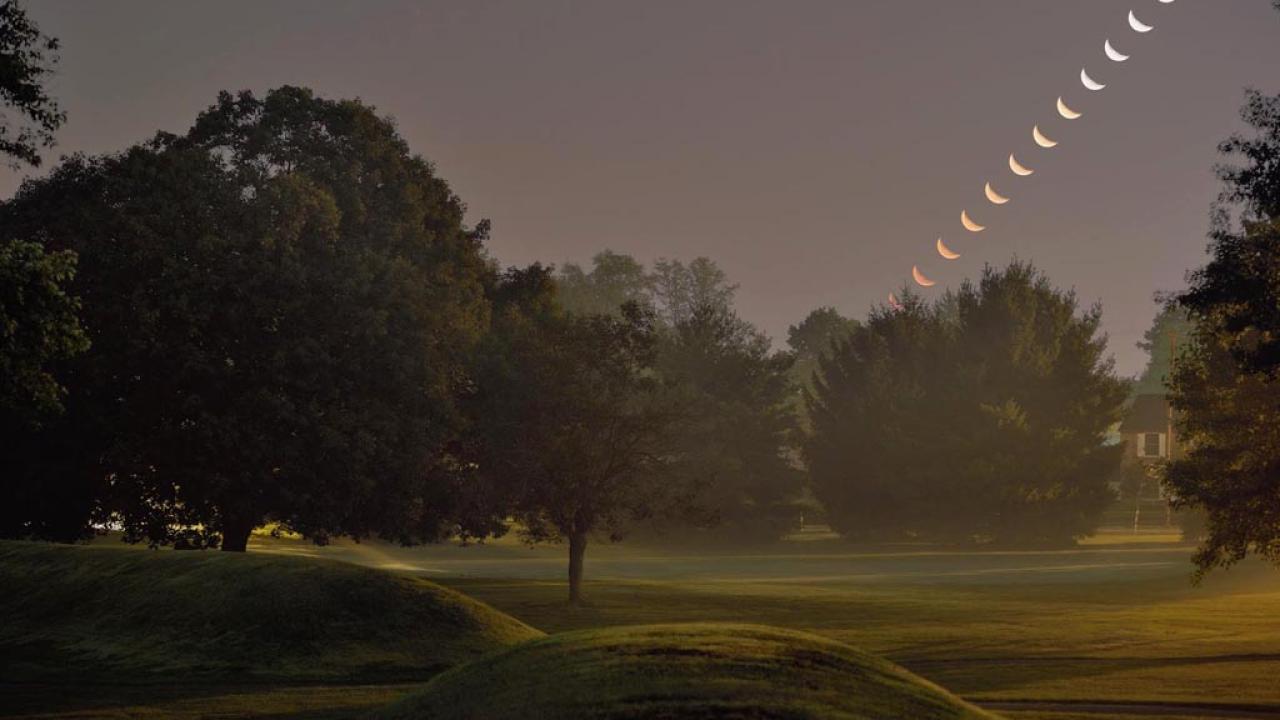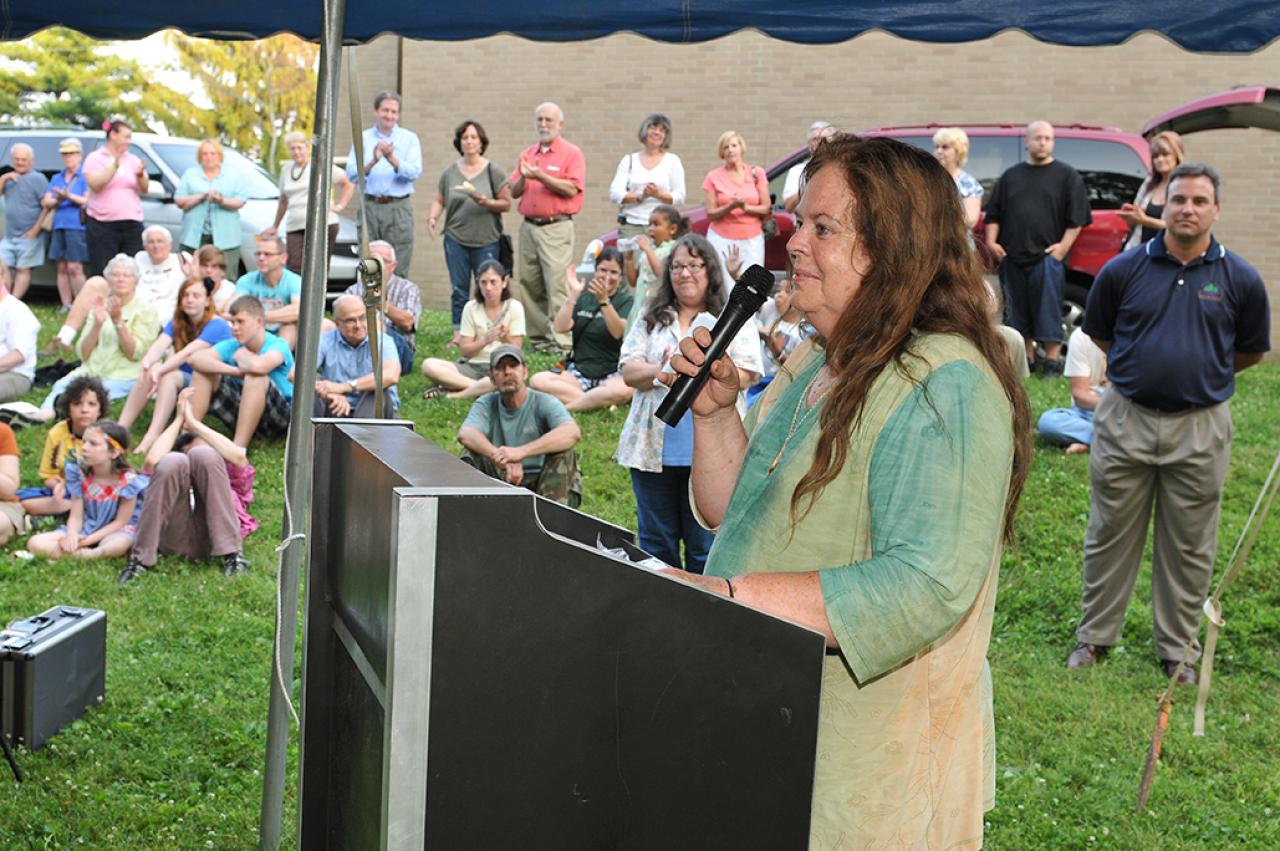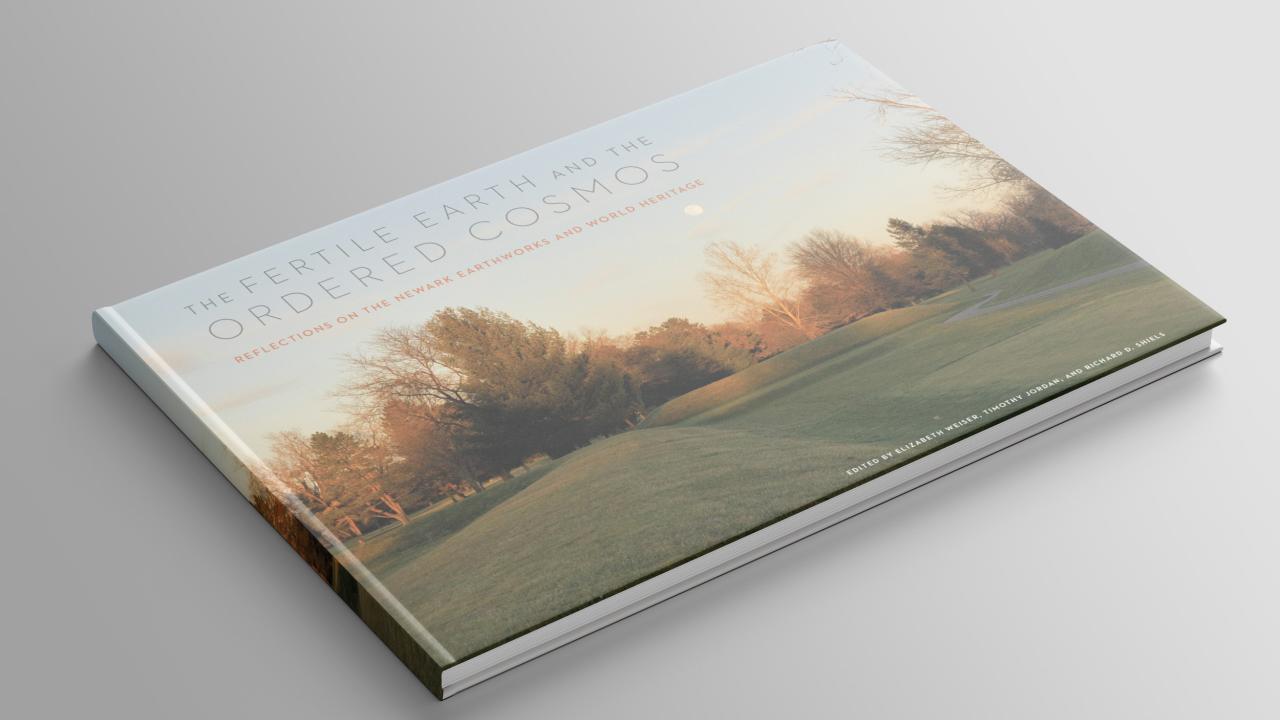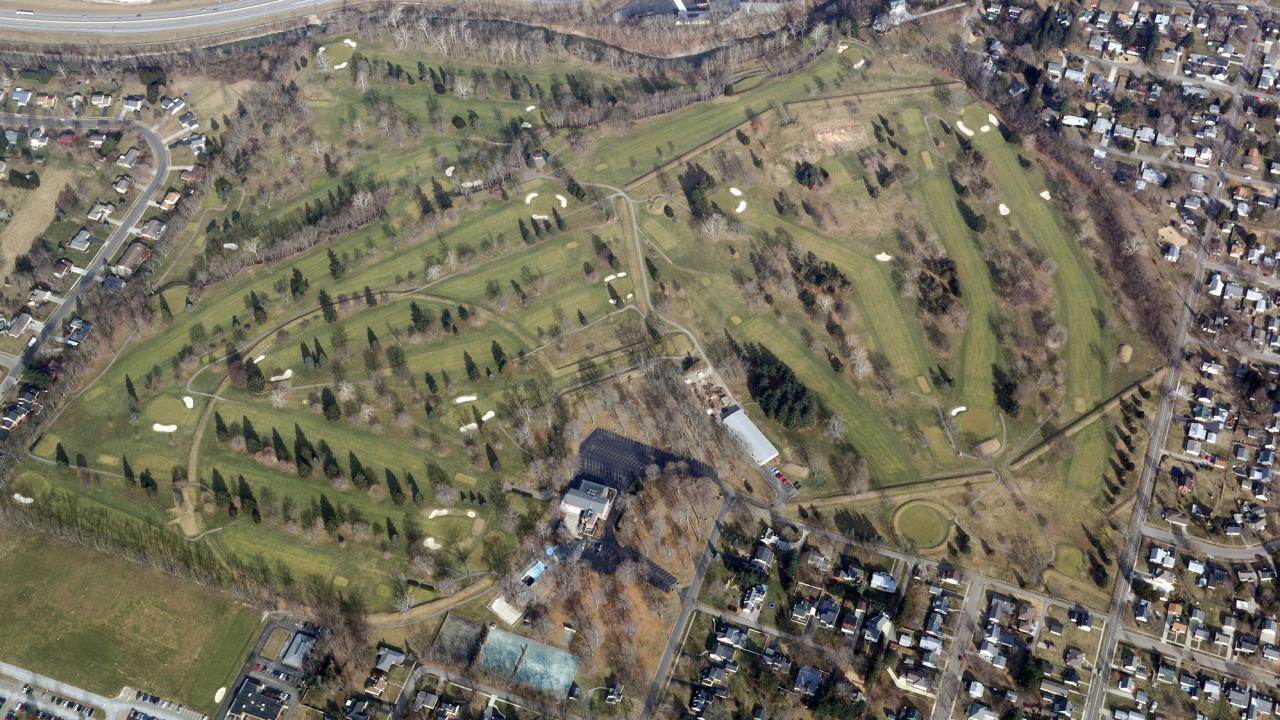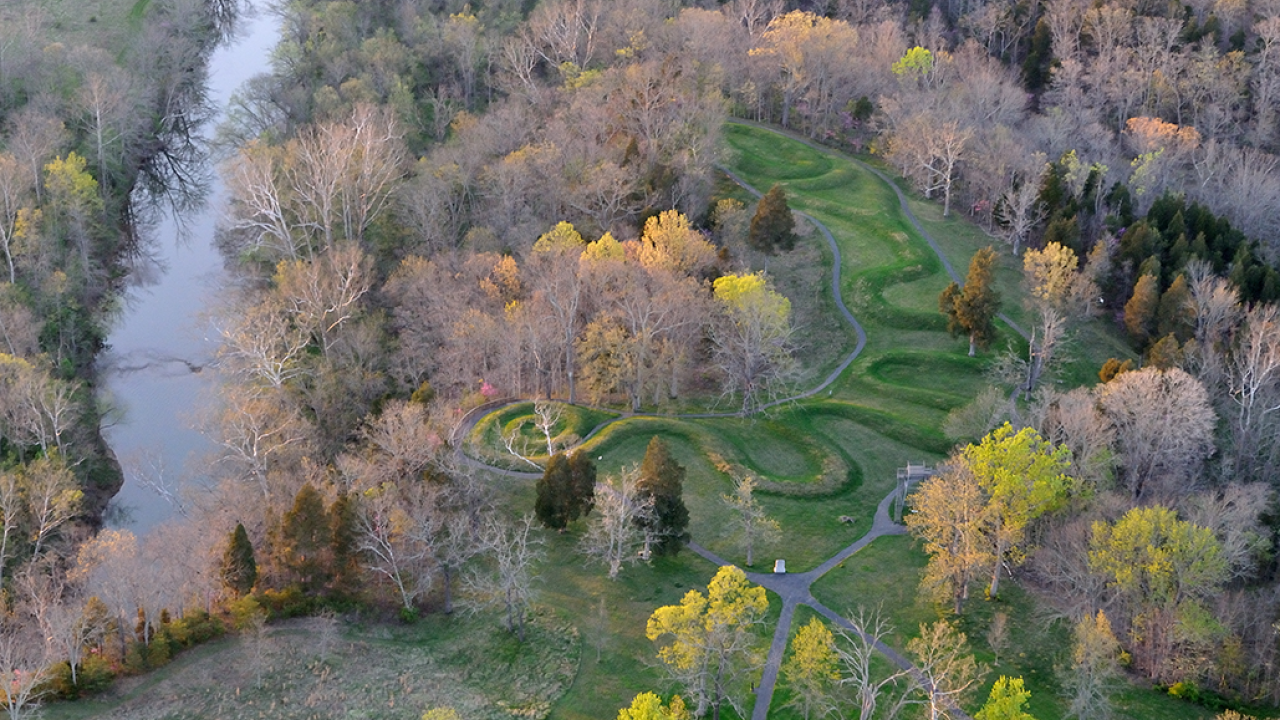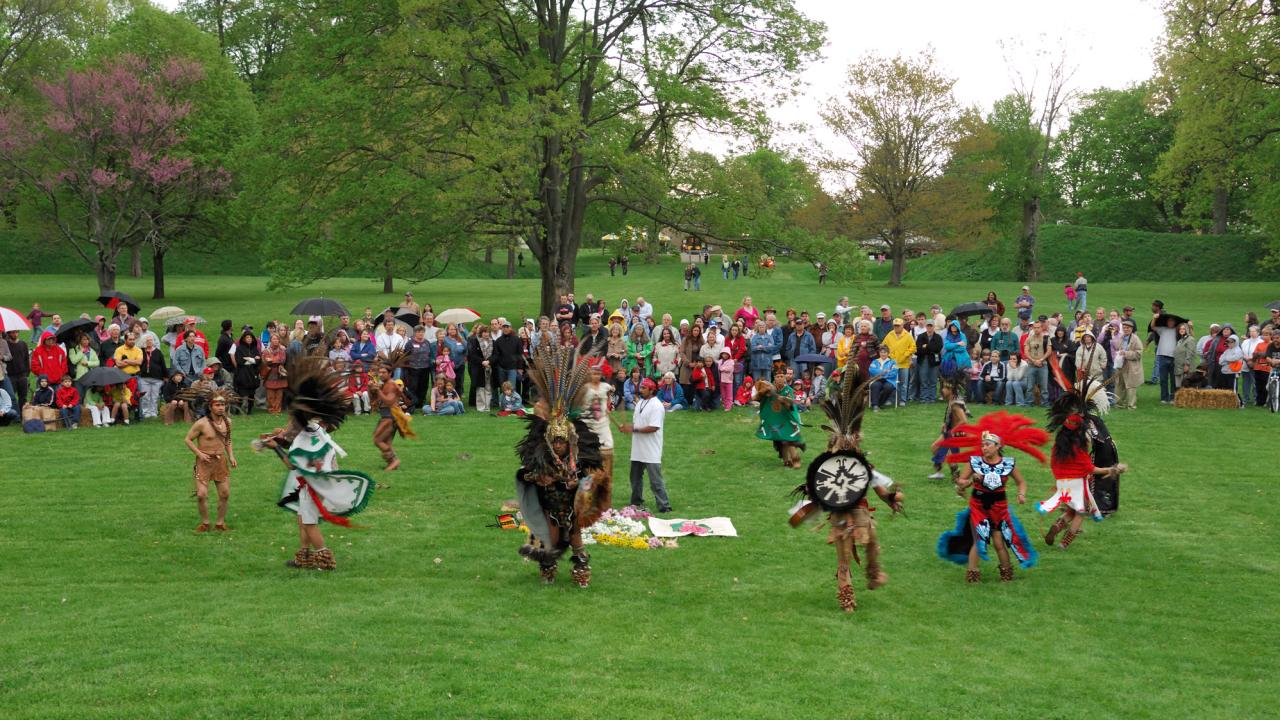Stepping Out and Stepping Up: The Land-Grant Truth and Reconciliation Project
The Stepping Out and Stepping Up Racial Justice Project has been the recipient of two awards in the month of December 2020.
First, our team was one of 10 awardees from the initial round of The Ohio State University’s Seed Fund for Racial Justice.
More information about this grant can be found here.
Principle Investigator: Stephen M. Gavazzi, College of Food, Agricultural and Environmental Sciences
Community Partner: Michael Roberts, First Nations Development Institute [external link]
Co-Investigators:
- Marti Chaatsmith, Newark Earthworks Center, (enrolled citizen of the Comanche Nation, and direct descendant of the Choctaw Nation of Oklahoma );
- Casey Hoy, College of Food, Agricultural and Environmental Sciences, Entomology, InFACT;
- John Low (Pokagon Band of Potawatomi), Comparative Studies, Newark Earthworks Center;
- Brian Snyder, Office of Academic Affairs
In partnership with First Nations Development Institute [external link], this team seeks to address the forced exile of Native Americans during the establishment of the State of Ohio and the dispossession of tribal lands by the U.S. government to fund the establishment of Ohio State.
